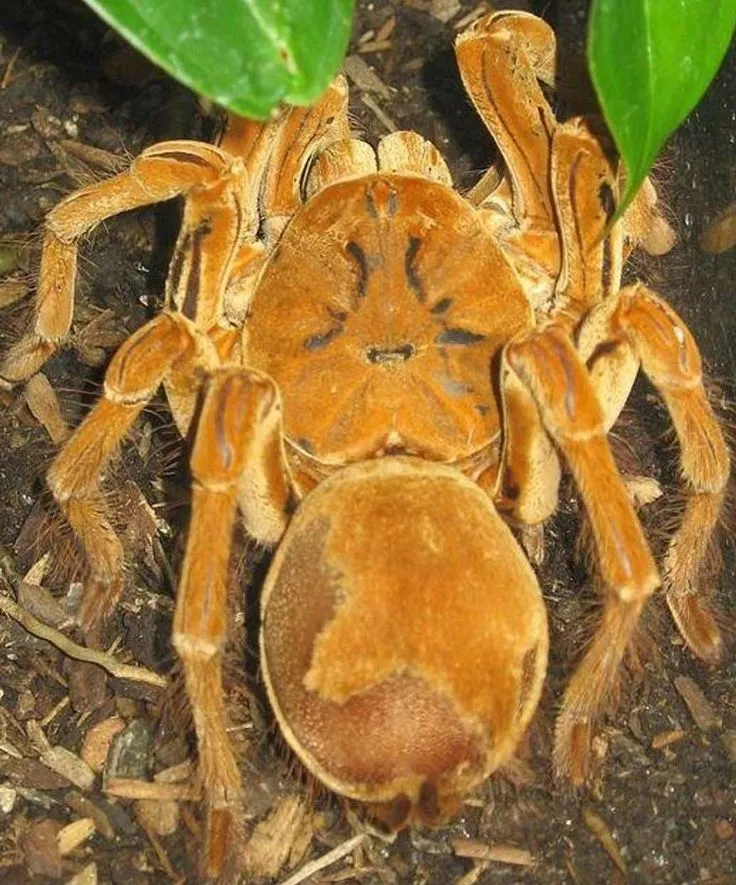Goliath Tarantula Overview
The Goliath Birdeater, scientifically known as Theraphosa blondi, is one of the largest tarantula species in the world. These impressive arachnids hail from the rainforests of northern South America. Keeping a Goliath tarantula is a commitment that requires understanding and preparation, ensuring the well-being of these magnificent creatures. This guide will walk you through everything you need to know, from setting up their enclosure to understanding their unique needs and behaviors.
What is a Goliath Tarantula
The Goliath tarantula is not just large; it is truly colossal. With a leg span that can reach up to 12 inches (30 cm) or more, and weighing over 6 ounces (170 g), they are the giants of the spider world. Despite their intimidating size, they are generally docile, though they possess defensive mechanisms that should be understood and respected by any keeper. Their lifespan can be quite long, with females living for over 20 years, making them a long-term pet.
Size and Appearance
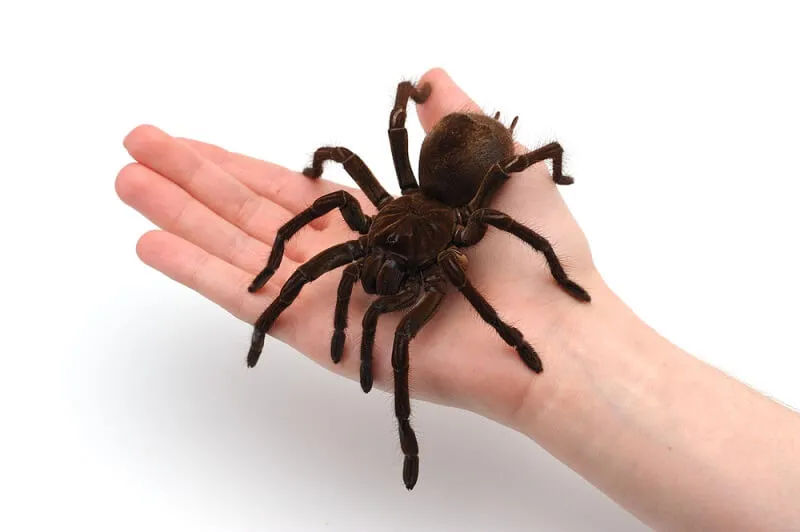
The Goliath tarantula is characterized by its massive size and brown coloration, which can vary from a light tan to a deep chocolate. Their bodies are covered in fine hairs, and they possess large, powerful fangs. While their size is their most striking feature, their overall appearance is also quite remarkable. The legs are thick and strong, allowing them to move quickly and efficiently. These spiders have a unique appearance and needs that differentiate them from other tarantulas, making proper care essential for their health and happiness.
Habitat and Native Environment
Goliath tarantulas originate from the rainforests of South America, specifically in countries like Brazil, Venezuela, Guyana, Suriname, and French Guiana. They are terrestrial spiders, meaning they live on the ground, often in burrows or under rocks and logs. The natural habitat is humid and warm, with plenty of leaf litter and other organic matter. Replicating their natural environment is key to their health. The specific habitat needs should be provided to ensure their survival in captivity.
Setting Up a Goliath Tarantula Enclosure
Creating the right enclosure is crucial for the health and well-being of your Goliath tarantula. They need a spacious environment that mimics their natural habitat, providing them with both security and the space to move around. This includes the proper tank size, substrate, decor, temperature, and humidity. A well-designed enclosure not only enhances the spider’s quality of life but also allows you to observe and appreciate these fascinating creatures. Taking the time to set up their home properly sets the stage for a happy, healthy tarantula.
Choosing the Right Tank
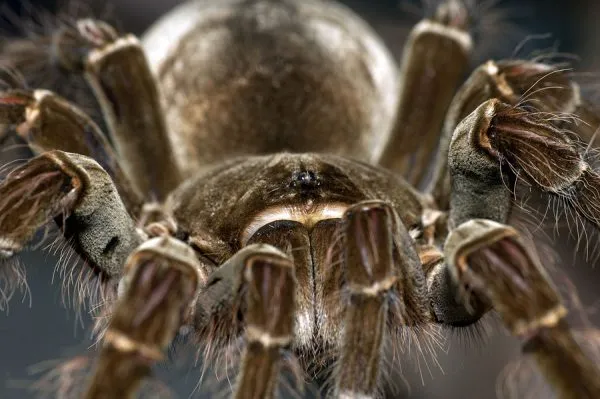
Due to their size, Goliath tarantulas require a large enclosure. A tank of at least 20 gallons is recommended for a juvenile, but adults will need something much larger, such as a 40-gallon breeder tank or larger. The enclosure should be wider than it is tall, as these spiders are terrestrial and don’t climb much. Make sure the enclosure has a secure lid to prevent escapes. Ventilation is important to avoid mold and ensure proper air circulation, but be careful to ensure the ventilation doesn’t compromise humidity levels.
Substrate and Decor
The substrate should be deep, as Goliath tarantulas like to burrow. A mixture of peat moss, coconut fiber, and a bit of potting soil works well. The substrate should be several inches deep (at least 6-8 inches for adults). Decorate the enclosure with cork bark, branches, and artificial plants to provide hiding places. A water dish should always be available, and the enclosure should be kept clean by removing uneaten food and any waste.
Temperature and Humidity
Maintaining the correct temperature and humidity levels is vital. The ideal temperature range is between 75-85°F (24-29°C). A heat mat on the side of the enclosure can provide a gentle source of warmth. Humidity should be kept between 75-85%. This can be achieved by misting the enclosure with water a few times a week and ensuring the substrate remains slightly damp. A hygrometer can help you monitor the humidity levels.
Feeding Your Goliath Tarantula
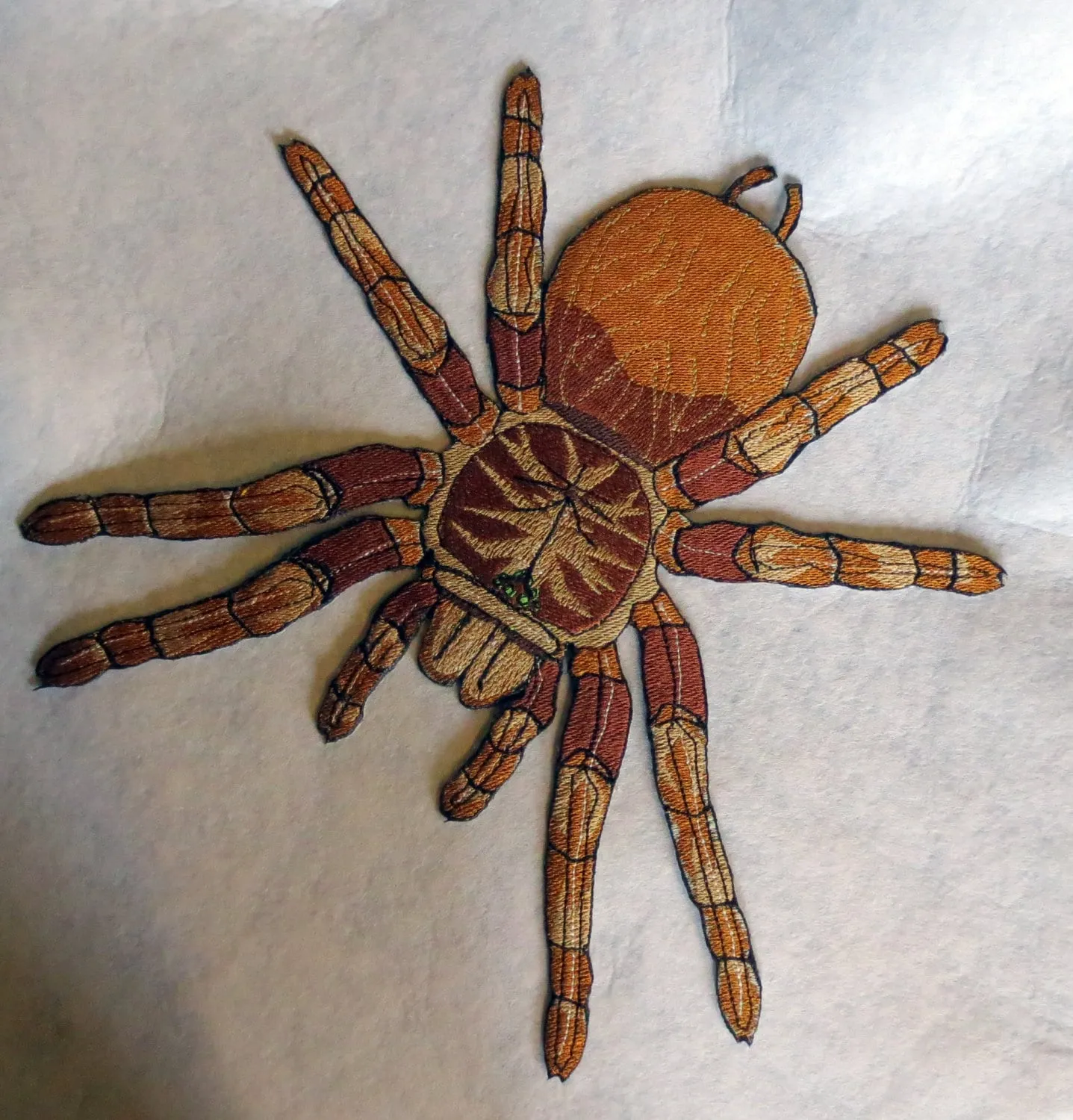
Feeding your Goliath tarantula is a critical aspect of their care. These spiders are voracious eaters, but their diet needs to be appropriate for their size and nutritional needs. Feeding them the right type of food, at the right frequency, and with proper hydration ensures they stay healthy and thrive in captivity. Understanding the feeding habits of the Goliath tarantula is essential for any keeper.
What to Feed
Goliath tarantulas are primarily insectivores. Their diet should consist of insects like crickets, roaches, mealworms, and even small vertebrates such as pinky mice. The size of the prey should be appropriate for the size of the tarantula; juveniles require smaller insects, while adults can handle larger prey. Ensure that the insects you feed your tarantula are gut-loaded with nutritious food to provide the spider with essential vitamins and minerals. Variety in the diet is important.
Feeding Frequency
Juvenile Goliath tarantulas should be fed two to three times a week, while adults can be fed once a week or even less frequently, depending on their appetite and the size of the prey. Always remove any uneaten food within 24 hours to prevent mold and mites. Observe your tarantula’s feeding behavior; a tarantula that refuses food may be about to molt.
Watering and Hydration

A shallow water dish should always be available in the enclosure, providing fresh water. The water should be changed regularly to prevent contamination. You can also mist the enclosure to maintain humidity and provide a source of drinking water. Ensure that the water dish is shallow enough to prevent the tarantula from drowning.
Handling and Safety
While Goliath tarantulas are generally docile, handling them carries risks. Their size and defensive behaviors require caution. Understanding how to handle them safely, and how to recognize their stress signals, are essential to avoid bites and protect both the spider and the handler. A responsible keeper will prioritize the safety of both the spider and themselves.
Safe Handling Practices
Handling Goliath tarantulas is generally not recommended, as it can stress the spider and increase the risk of bites. If you must handle your tarantula, do so with extreme caution. Use a soft brush or a gentle approach to encourage the tarantula to move onto your hand slowly. Always handle the tarantula over a soft surface, such as a bed or a carpet, to prevent injury if it falls. Avoid sudden movements or loud noises that might startle the spider.
Recognizing Stress and Defensive Behavior
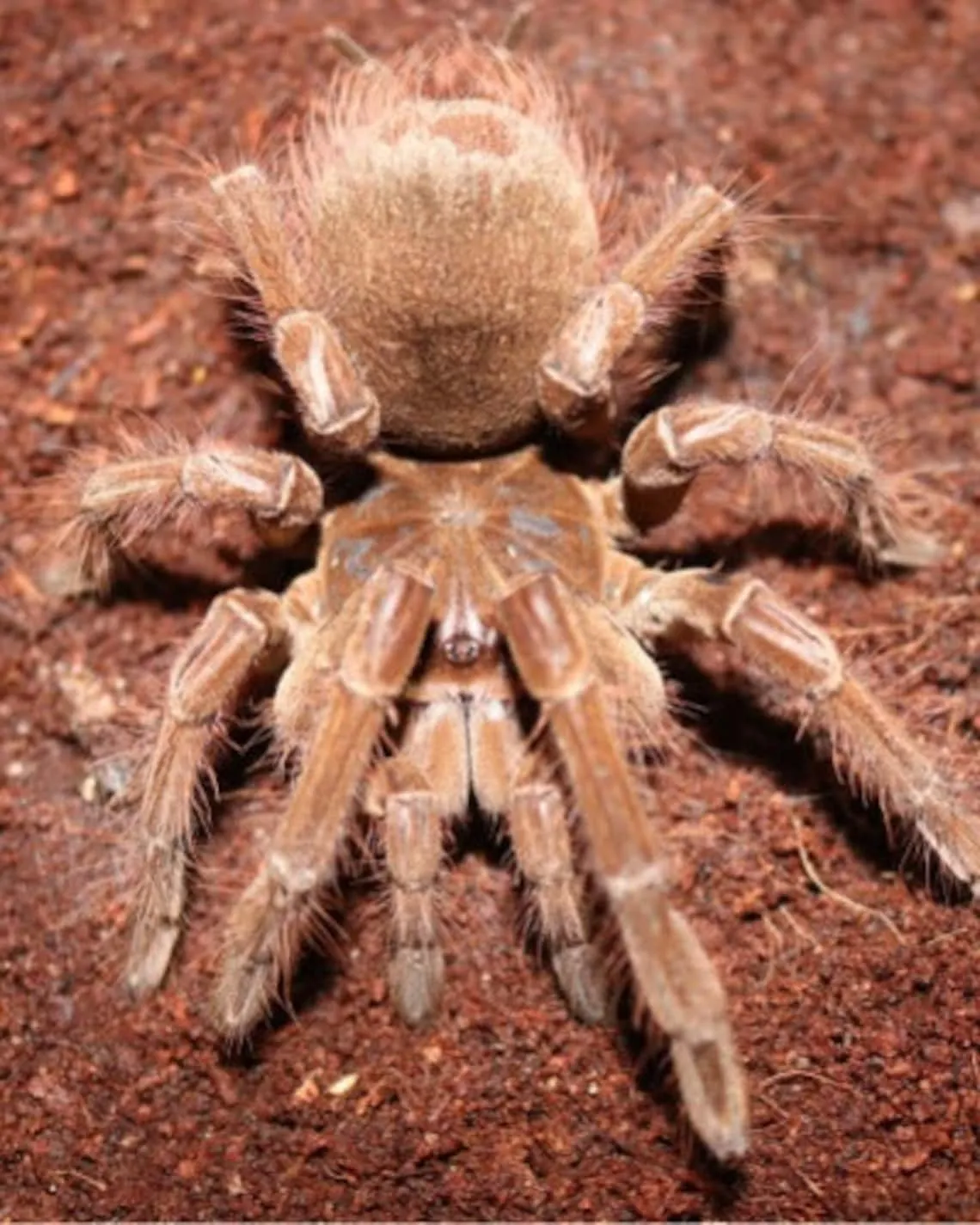
Goliath tarantulas have several defensive behaviors. They may flick urticating hairs from their abdomen, which can cause skin irritation. They might also raise their front legs and display their fangs as a warning. If your tarantula displays these behaviors, it is stressed, and you should immediately leave it alone. Respecting their signals and avoiding unnecessary handling is the best way to maintain a positive relationship with your spider.
Common Health Issues and Care
Like any pet, Goliath tarantulas can experience health issues. Knowing how to identify and manage common problems is crucial to ensuring they live a long and healthy life. Understanding the molting process and recognizing signs of parasites or diseases allows for prompt action and treatment. Careful observation and proactive care are key aspects of keeping your Goliath tarantula healthy.
Molting Process
Molting is a natural process where tarantulas shed their exoskeletons to grow. During molting, the tarantula will typically stop eating and may appear lethargic. It will often lie on its back. Do not disturb the tarantula during molting. After molting, the new exoskeleton will be soft, and the spider will need time to harden. During this period, refrain from feeding it until its fangs have hardened.
Parasites and Diseases
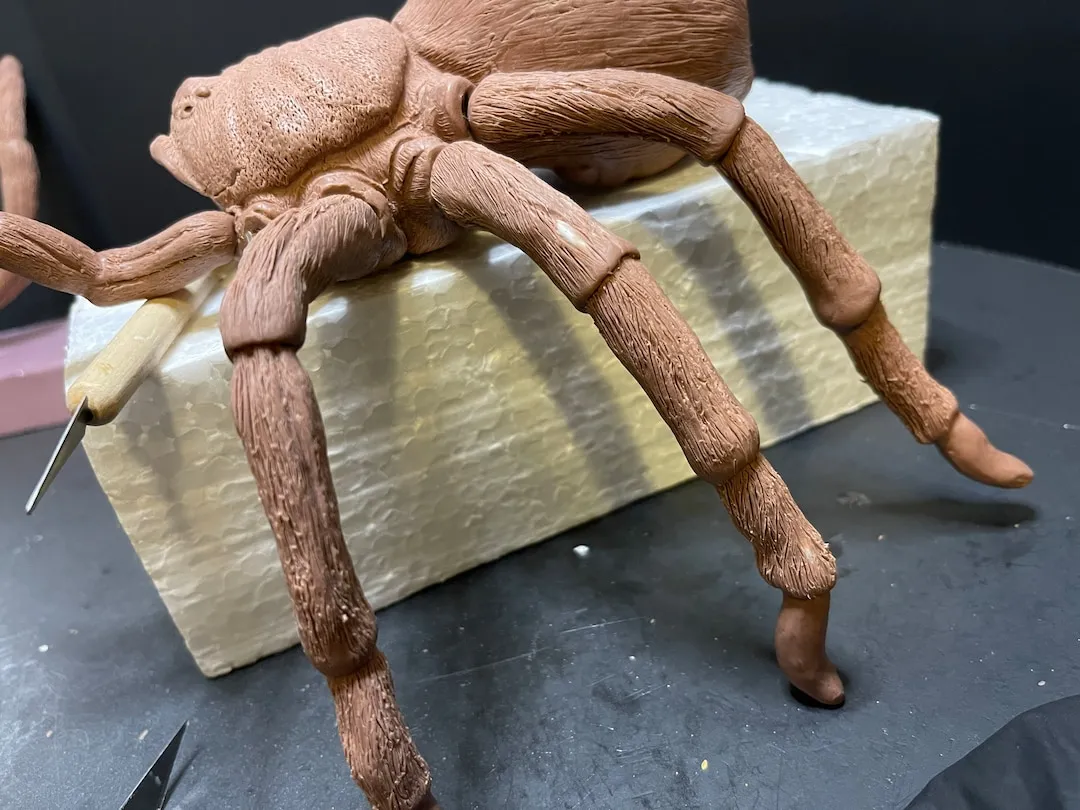
Goliath tarantulas are generally hardy, but they can be susceptible to mites, fungal infections, and other parasites. Check the enclosure regularly for signs of mites or other pests. If you notice any issues, consult with an experienced tarantula keeper or a veterinarian familiar with exotic animals. Proper hygiene and a clean environment can help prevent these problems.
Breeding Goliath Tarantulas
Breeding Goliath tarantulas is a complex process that is typically undertaken by experienced keepers. It involves careful planning, understanding of the spiders’ behavior, and the ability to provide the right conditions for successful mating and egg sac development. Breeding these giant spiders is a rewarding but demanding undertaking.
Sexing Tarantulas
Sexing a Goliath tarantula requires a careful examination of the molted exoskeleton or the spider itself. Males have a distinct bulbous structure on the pedipalps (small appendages near the mouth) that are used for mating. Females have a spermatheca, a structure for storing sperm, which can be seen on the molted exoskeleton. Sexing tarantulas can be tricky; it often requires a trained eye.
Mating and Egg Sacs

Mating Goliath tarantulas can be a delicate process. It is crucial to introduce the male to the female in a controlled environment and observe their behavior carefully. The female may attack the male if she is not receptive, so the keeper must be prepared to intervene. If mating is successful, the female will produce an egg sac. The keeper must then incubate the egg sac and raise the spiderlings, which requires a significant amount of space and resources.
Conclusion
Caring for a Goliath tarantula is a rewarding experience for the dedicated arachnid enthusiast. By providing the right environment, diet, and care, you can enjoy these magnificent creatures. Remember to always prioritize the health and safety of your Goliath tarantula, and to learn as much as you can about their unique needs and behaviors. With proper knowledge and dedication, you can successfully keep and appreciate these giants of the spider world.
